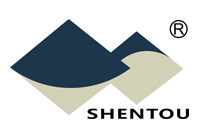CHINA AUTOMOTIVE SUPPLIER QUALITY MANAGEMENT BRIEFING
02/06/2019
Vol. 3, No. 2, February 2019

① QUALITY CHALLENGES & SOLUTIONS WITH YOUR SUPPLIERS IN CHINA
Critical aspects of machining process capability
for automobile spare part manufacturing (VII) – Marking
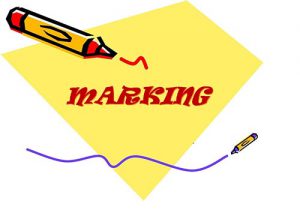 When purchasing machined parts from aftermarket suppliers, it is important to evaluate the machining process capabilities of your suppliers.
When purchasing machined parts from aftermarket suppliers, it is important to evaluate the machining process capabilities of your suppliers.
The most critical elements that assure a sound machining process include people, tooling, material, process control, environment, testing, recording and marking.
When you visit or inspect your machining suppliers, ask the following marking-related questions to gauge the process capability of these factories:
1. Check the on-site production process to see if unique identifications have been applied to all products based on the “Management Procedures for Marking & Traceability”, and if the markings are indeed of uniqueness and if the unique markings are actually used;
2. Are materials identified by batch marking with records of traceability?
3. Are on-site product storage areas separated into qualified product, untested, non-conforming parts, and rejected parts areas? Are these areas clearly identified by signs and separation lines?
4. Are product inspection status clearly marked as passed, untested, non-conforming, to be scrapped, to be reworked, to be repaired, or to be accepted on deviation? Are signs for first-piece inspection, routine inspection and passed cleared marked?
5. Are key equipment and process clearly identified?
By Felix SS YUAN
② CRITICAL FAILURE MODES / QUALITY CONTROL POINTS IN FOCUS
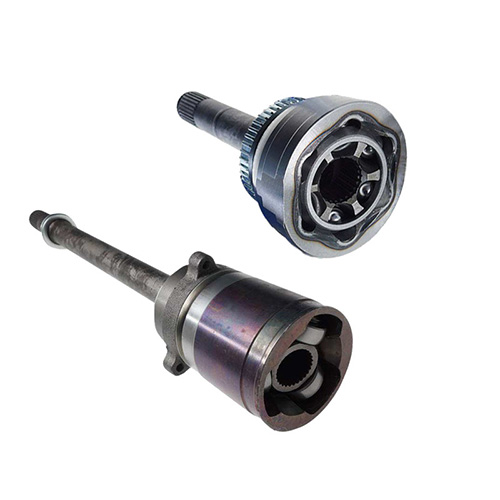
Constant Velocity Joint
Many of the passenger cars are front-wheel driven. The gearbox and the drive axle are combined on these vehicles, with two half shafts connecting the transmission and the wheels. A universal coupling device, the Constant Velocity joints or CV joints, is used to adjust the changes in the relative positions between the wheels and the transmission. The outer CV joints connect the drive shafts to the wheels, while the inner CV joints connect the drive shafts to the transmission. CV Joints consist of bell-shaped shells, trident bearing or steel ball, protective boot, and clamps.
Primary failure mode:
1. The protective boot is damaged, causing the grease to come out and the moisture and dirt to get in. The outer CV joint boots usually break first, and it is rare for the inner CV joints to fail.
2. While the vehicle driving conditions could lead to the failure of CV joints, the quality of the parts of the CV joints could all contribute to the problems.
Key preventive measurements in production:
1. The production of the components should meet the quality standards. When some of the parts are purchased, make sure they meet the quality requirement too;
2. The quality of the protective boot and lubricants should comply with the requirement of the operation environment;
3. The heat treatment process should comply with the requirement;
4. The producer should have the capability for testing of physical properties and chemical compositions, as well as torsional life test.
By Felix SS YUAN
③ KEY CONCEPTS & PRACTICES IN SUPPLIER QUALITY MANAGEMENT
Quality Audit
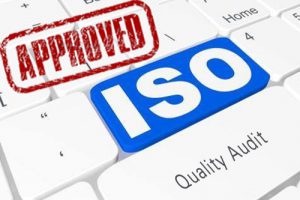 Quality audit is the process of systematic examination of a quality system that is carried out by either internal auditors (internal audit) or external auditors (2nd or 3rd party audit). It is an important part of an organization’s quality management system (QMS) and is a key element in ISO 9001:2015, the international standard that specifies requirements for the QMS.
Quality audit is the process of systematic examination of a quality system that is carried out by either internal auditors (internal audit) or external auditors (2nd or 3rd party audit). It is an important part of an organization’s quality management system (QMS) and is a key element in ISO 9001:2015, the international standard that specifies requirements for the QMS.
There are three main types of audits: the quality management system audit, the process audit, and the product audit, focusing on the organization-wide system, the general or specific processes and the specific products respectively.
The principles of auditing, how an audit program should be managed, and how the management system should be conducted are specified in ISO 19011:2018.
④ CHINA INDUSTRY & MARKET UPDATE
Cost of raw materials:
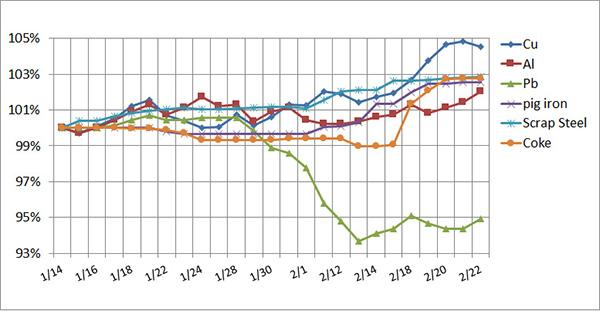
Exchange rates:
![]() USD/RMB: 1:6.70
USD/RMB: 1:6.70
![]() EUR/RMB: 1:7.67
EUR/RMB: 1:7.67
![]() RUB/RMB: 1:0.10
RUB/RMB: 1:0.10
February 2019
The above information is for reference only
⑤ IT HELPS TO KNOW...
 The 19th of February represents the full recovery of the manufacturing industries in China from the annual Chinese New Year celebrations, as almost all workers have finally returned to their factories.
The 19th of February represents the full recovery of the manufacturing industries in China from the annual Chinese New Year celebrations, as almost all workers have finally returned to their factories.
2019 presents tough challenges to the Chinese automotive industries, as internationally the industry is faced with all the uncertainties of geo-political and economic issues and domestically the automotive market, especially the passenger car sector, is witnessing a dramatic slow-down.
Meanwhile, the inevitable coming of e-mobility means revolutionary challenges and opportunities to the global automotive industries. This year we expect to see more substantial upgrading and transformation by the international top-tier players and greater efforts by the Chinese automotive parts suppliers to take advantage of the inevitable changes.
Happy Purchasing!
SHENTOU SUPPLY CHAIN MANAGEMENT CO. LTD. is a Shenzhen, China, based company serving international automotive clients in the implementation of their China strategies and programs. CHINA AUTOMOTIVE SUPPLIER QUALITY MANAGEMENT BRIEFING is a bi-monthly newsletter published by Shentou to address the specific and unique quality challenges and concerns international automotive companies face with suppliers in China. Comments are welcome at qms@shentou.com. Click here to subscribe.
